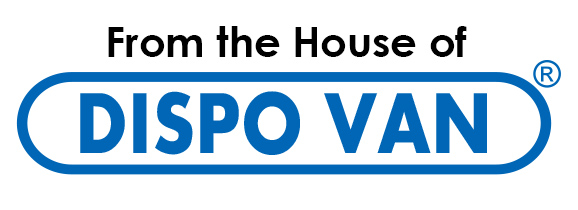

Technology has ushered in several innovations in the healthcare industry. These transformations have always provided us with significant benefits. Most of the improvements are made to improve the quality and longevity of products, significantly impacting patient care.
The Safety I.V. Cannula is one such example that has transformed people’s lives and made it easier for medical workers to deliver intravenous therapy. An Intravenous Cannula (I.V.) is a narrow, flexible plastic tube. It is put into a vein in your arm or on top of your hand or arm. It is used for fluid, drug and medicine administration, CT scans, blood transfusions, and nuclear imaging.
Why Do We Need Safety I.V. Cannula?
As the cannula ruptures the skin, there is a possibility of infection. It can lead to the development of symptoms such as hematoma, embolism, and phlebitis. To avoid this, healthcare professionals must take safeguards.
Statistics from the World Health Organisation (WHO) reveal that the required use of Safety I.V. Cannulas can safeguard 80% of all hospital workers from needle stick injuries. These wounds can result in the transfer of blood-borne infections such as HIV and Hepatitis B.
What Is Safety I.V. Cannula?
This I.V. cannula comprises a safety device. It shields the tip with a metal clip that activates itself when the needle is withdrawn. This device, designed to prevent needle-stick injuries, is available either with or without wings and a port.
HMD offers the Safety SIP (Sharps Injury Protection) clip. This feature encases the entire tip of the used needle, offering solid shielding.
The safety I.V. cannula is a protection device designed to semi-automatically extract the needle. How? By turning a knob that puts it into a hard chamber where it stays encased.
Completely encapsulating the needle prevents:
- Needle-stick wounds that may be the source of disease transmission of HIV, Hepatitis, etc.
- Needle rupture during disposal, which can render a tip-protected needle possibly lethal once more.
- Immediate contact with blood-stained catheters that are only shielded at the tip.
Uses of Safety I.V. Cannula
- It is easier to penetrate than PTFE (Polytetrafluroethylene) catheters since the needed penetration force is much lower.
- The I.V. cannula has a low-pressure injection valve to facilitate additional medication and minimise backflow.
- Angular and slotted wings allow for easy fixation and prevent the cannula from slipping and rolling in the patient’s body.
- Here, medication can be administered with a syringe instead of a needle, lowering the risk of infection, preventing needle-stick accidents, and saving money on needles.
- The needle tip has a short bevel ‘back’ cut point for simple catheterisation while minimising pain and the danger of ruptures.
Get The Best Safety I.V. Cannula with HMD
At HMD, you can get two types of single-use, non-pyrogenic, sterile, and non-toxic safety I.V. Cannula:
(i) Cathy + and
(ii) Cathula +.
Both the above I.V. Cannulas are equipped with a quick and effortless injection port cap that protects the valve. Besides, for size identification, the injection port cap is colour-coded.

